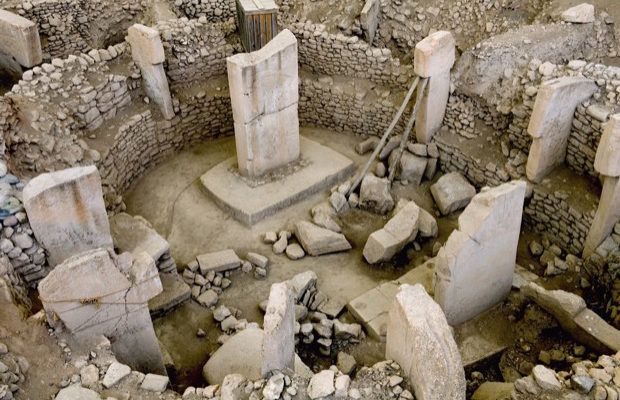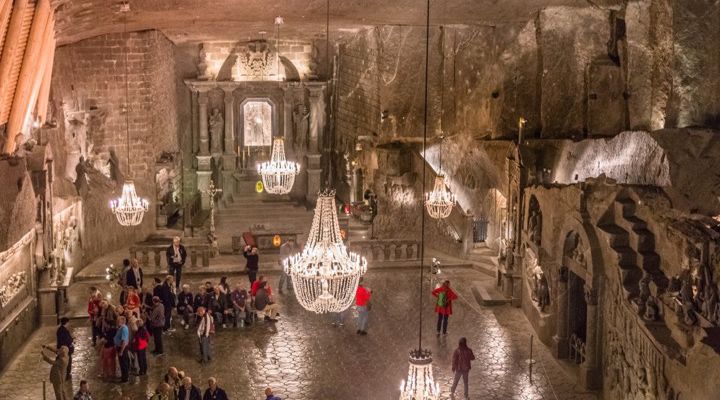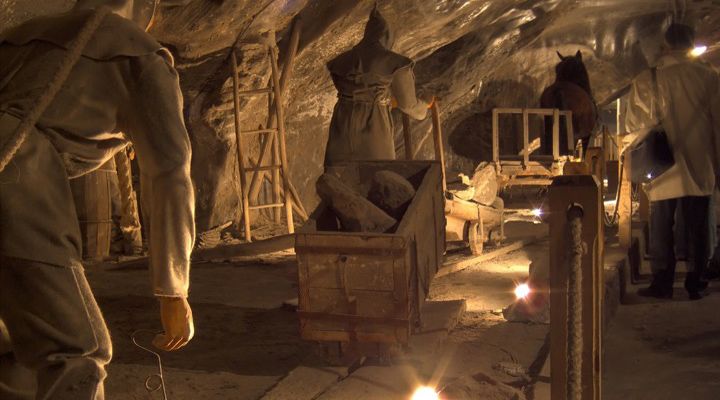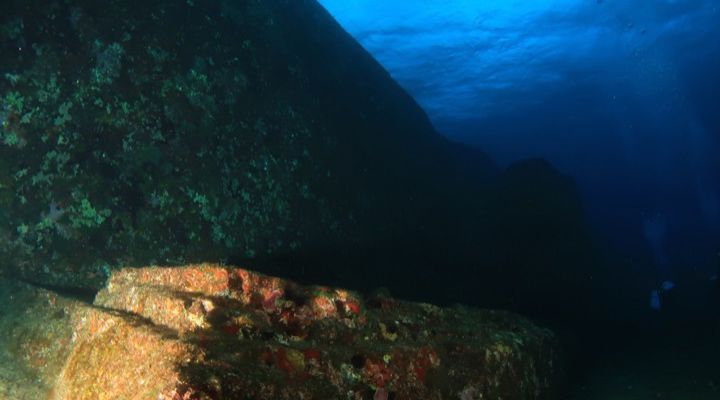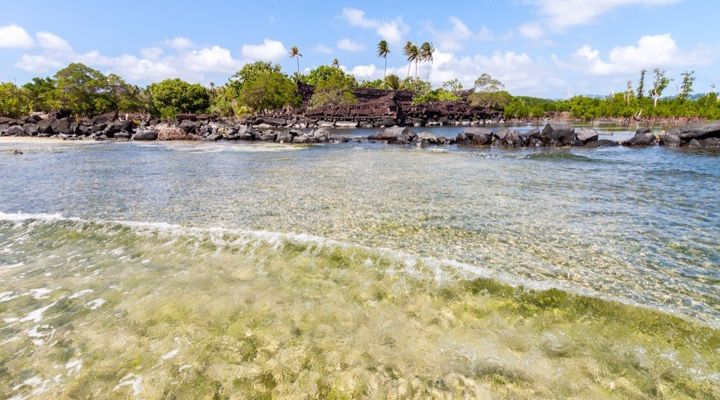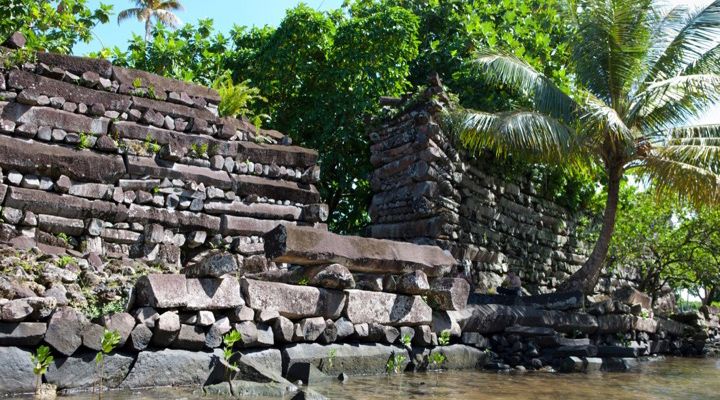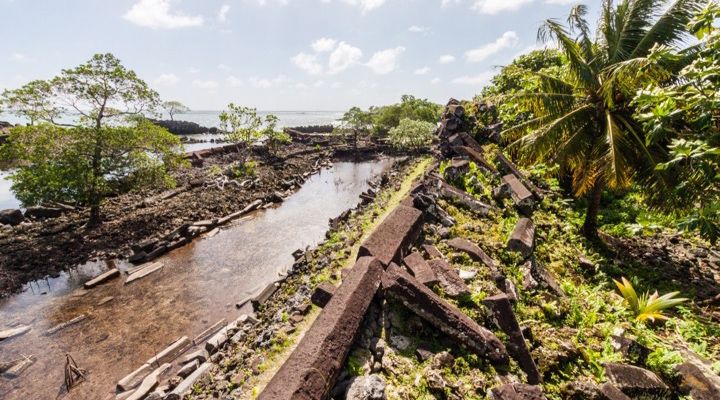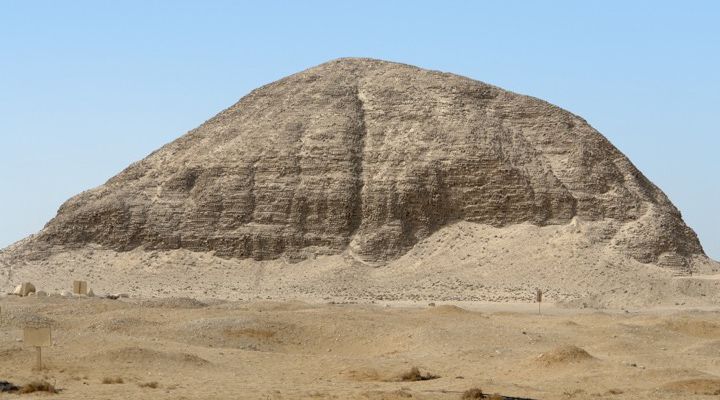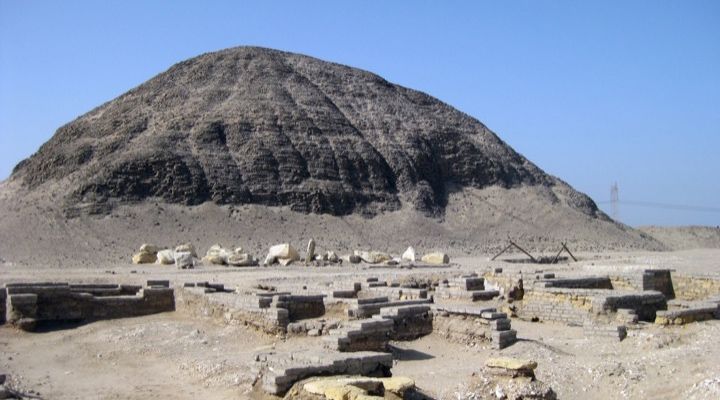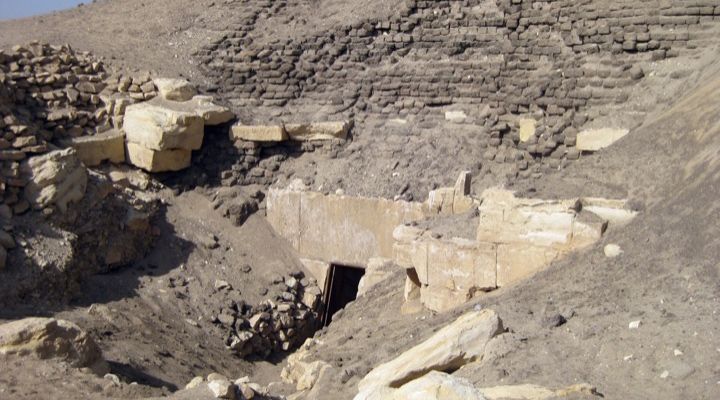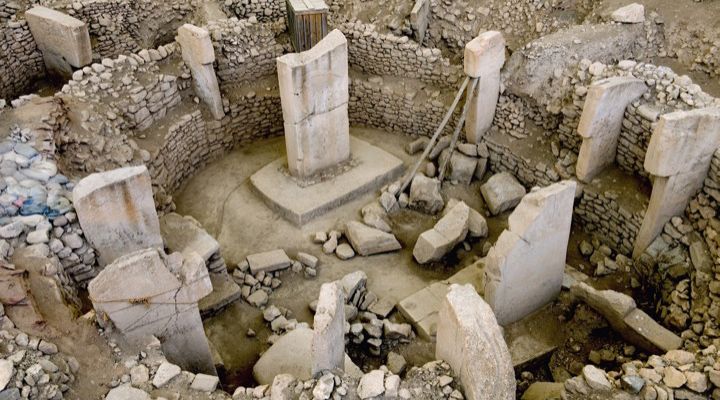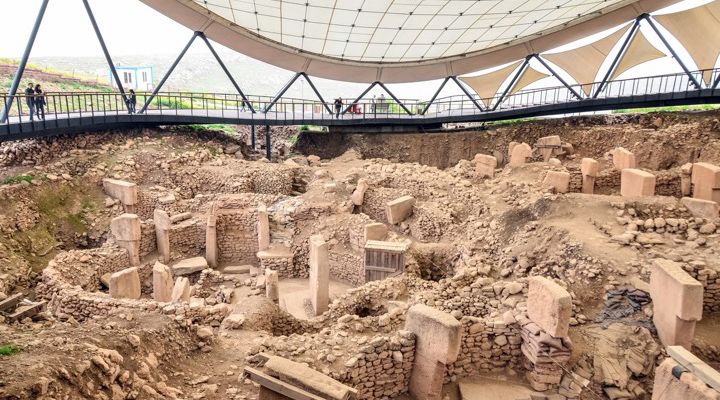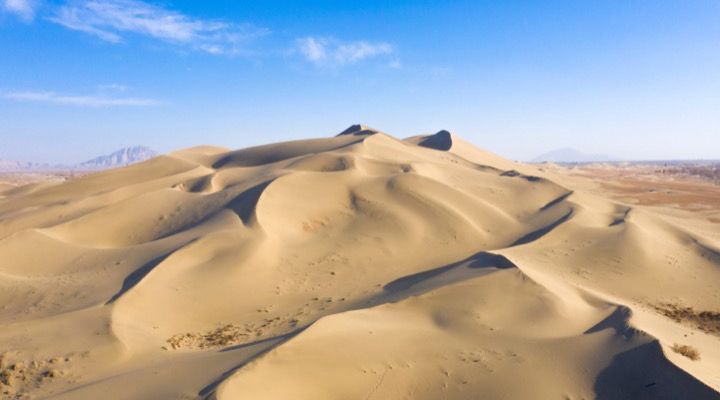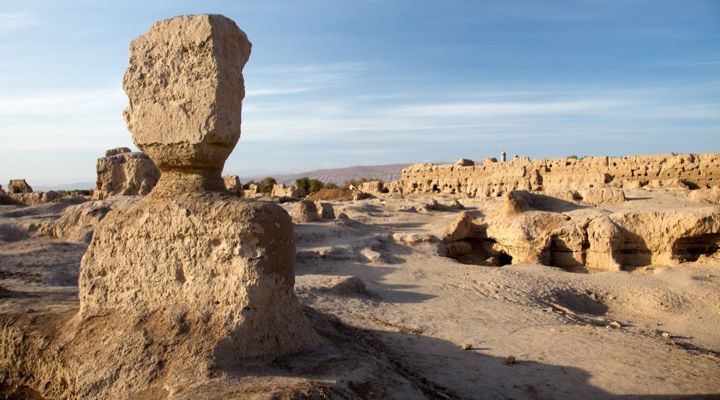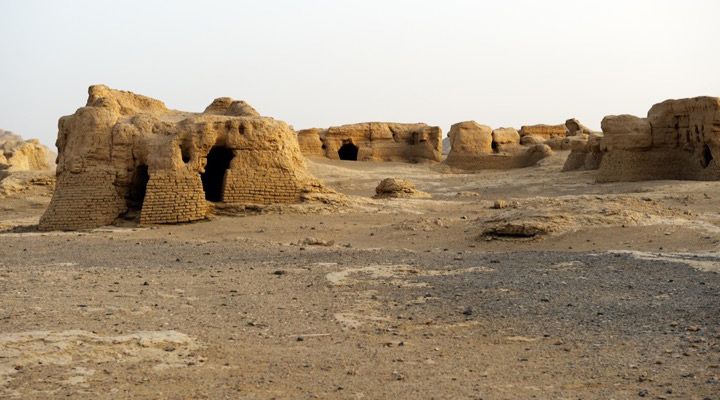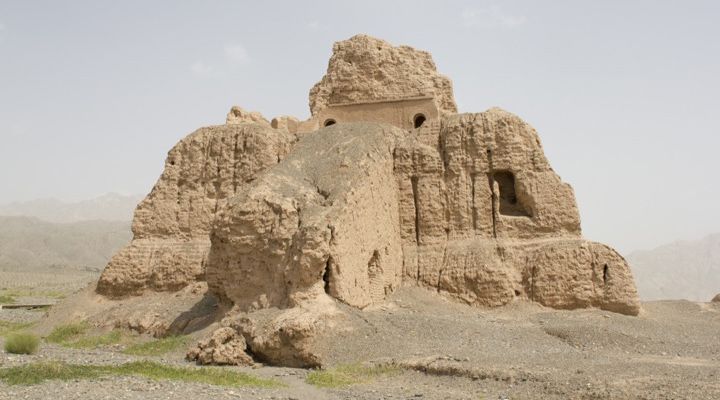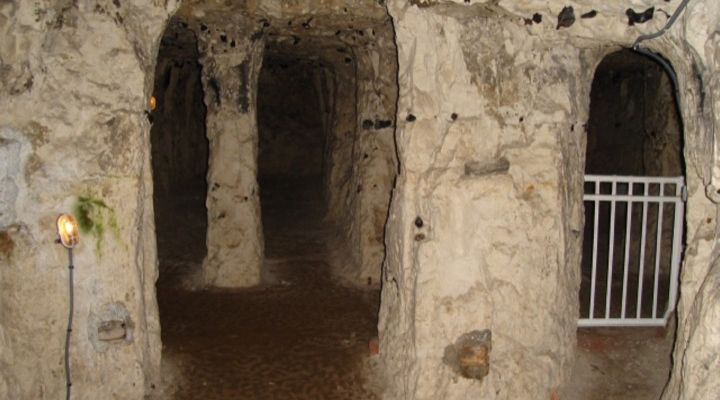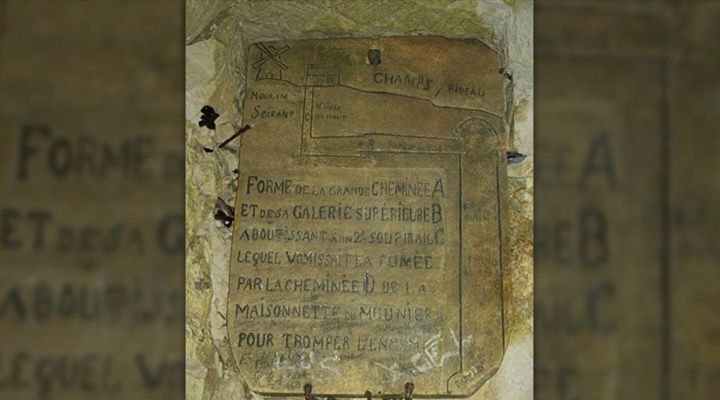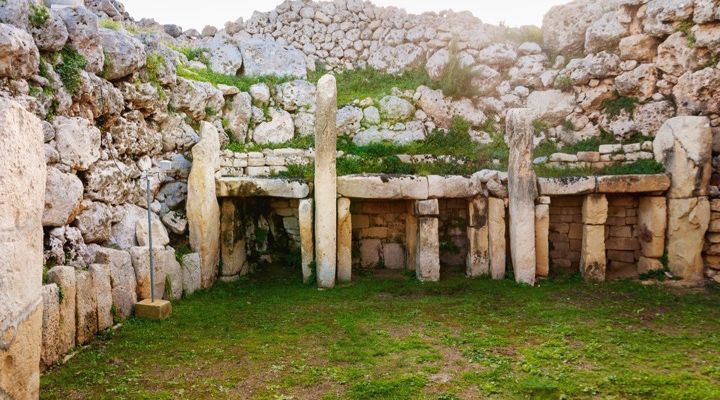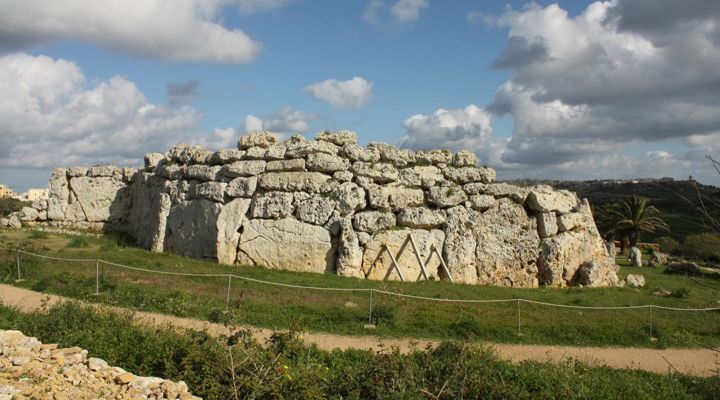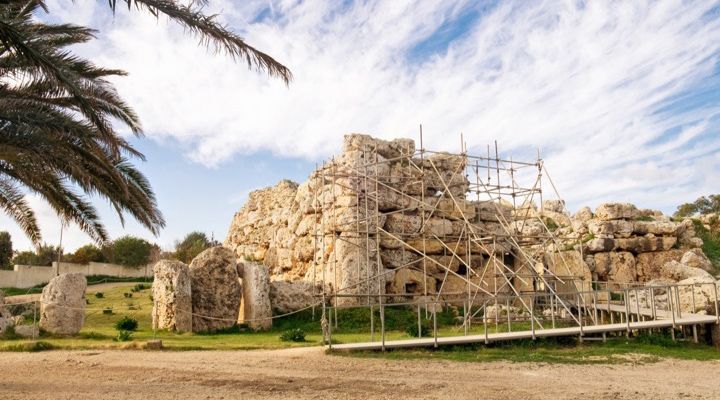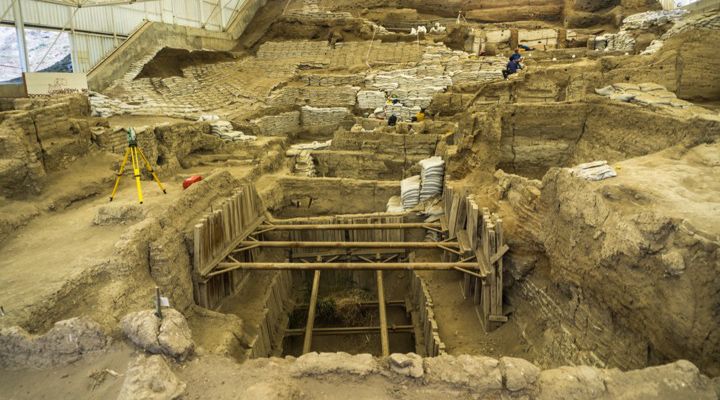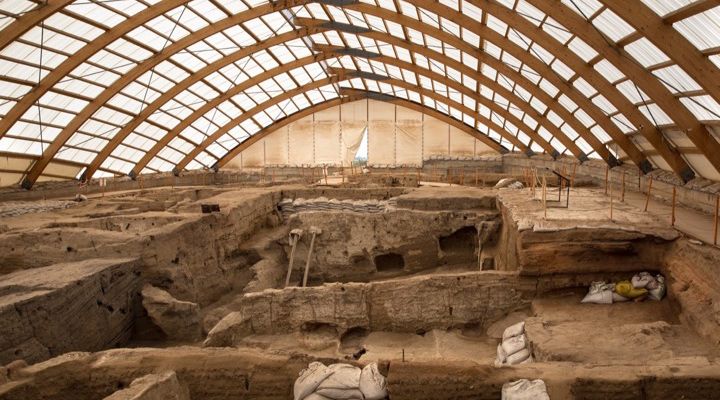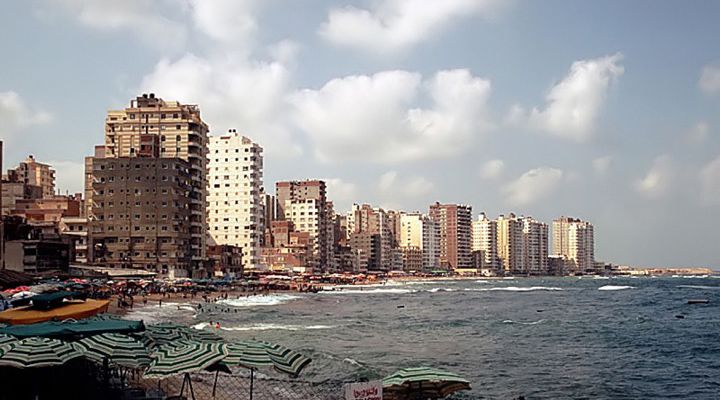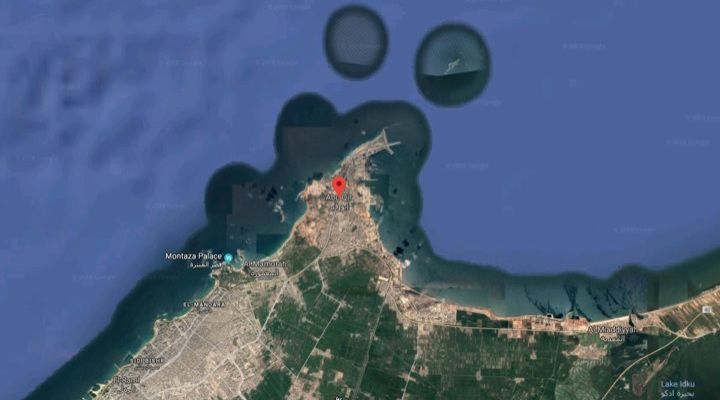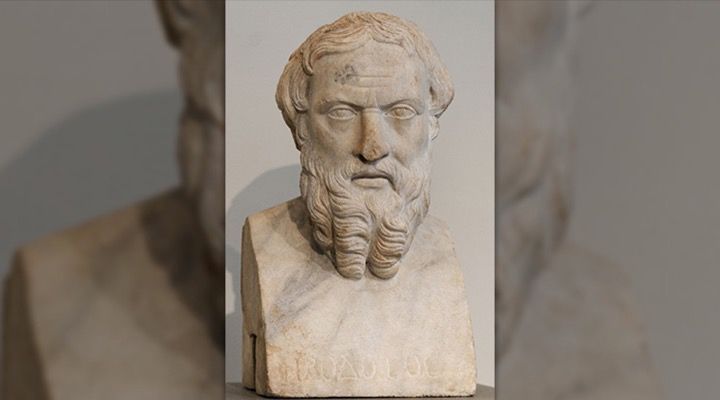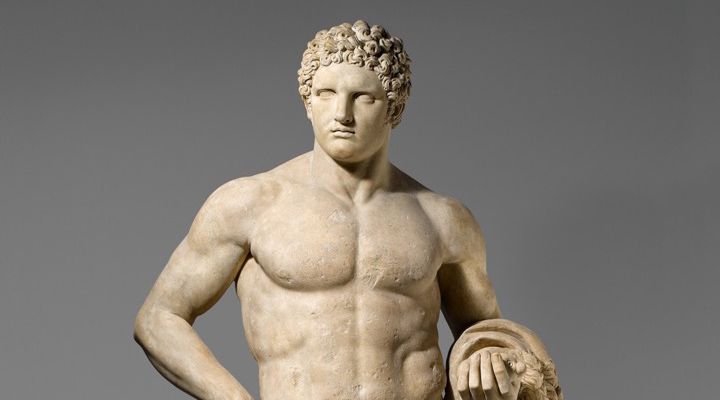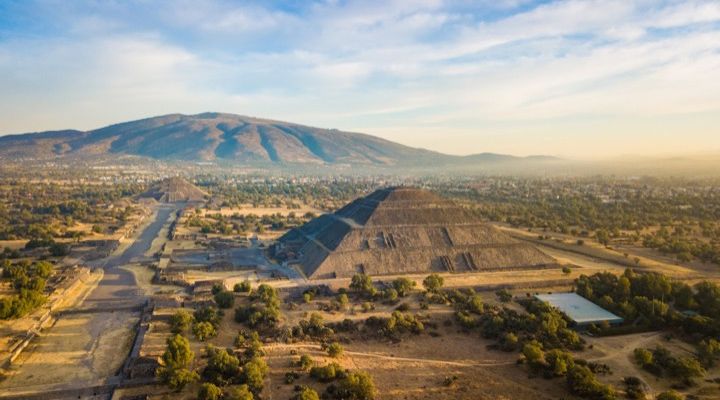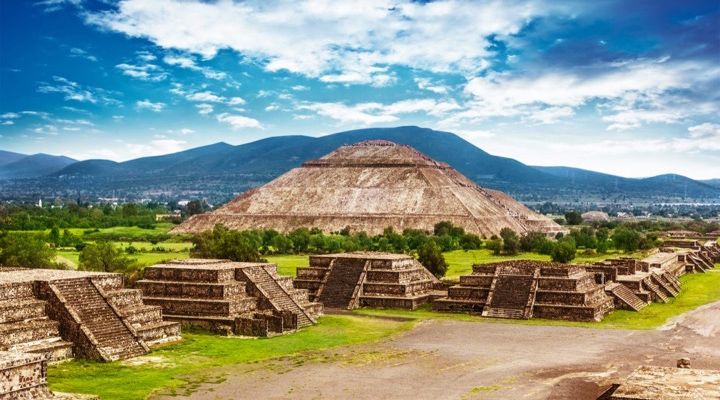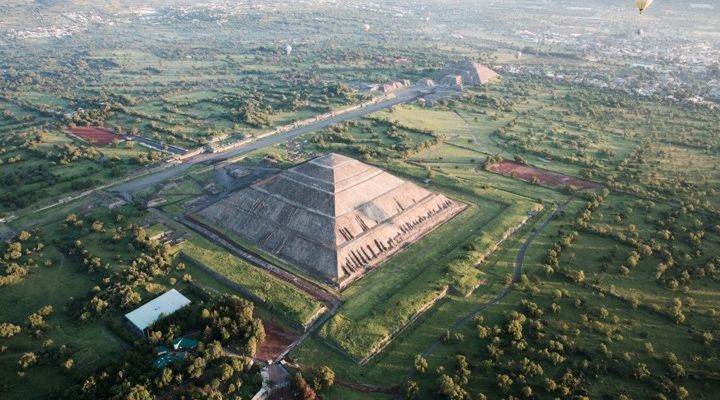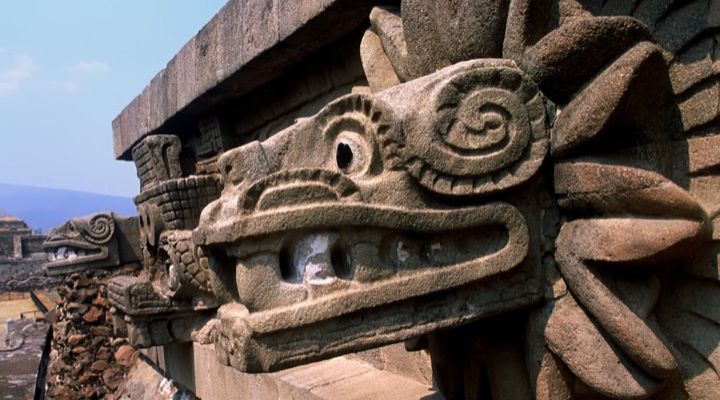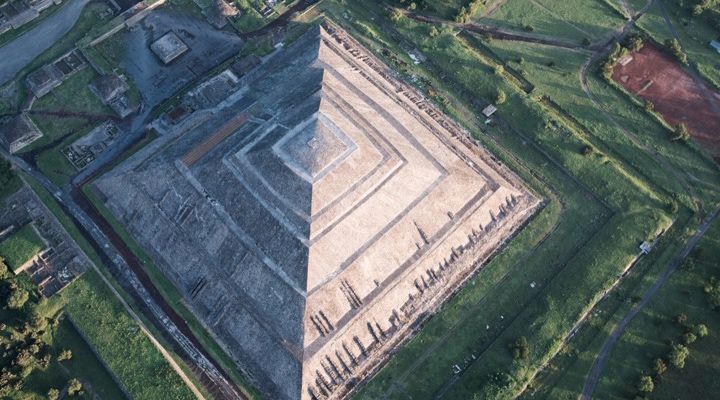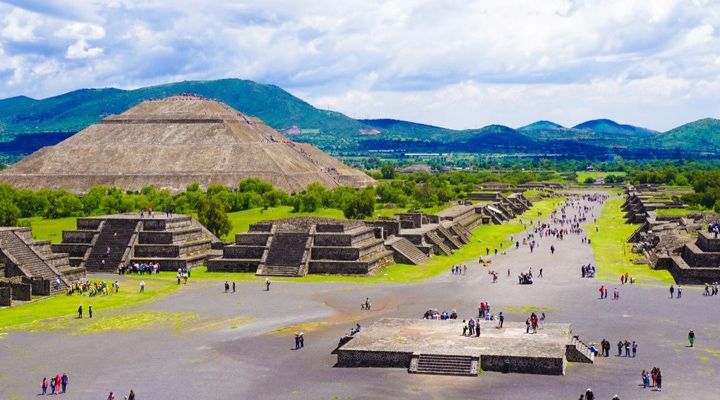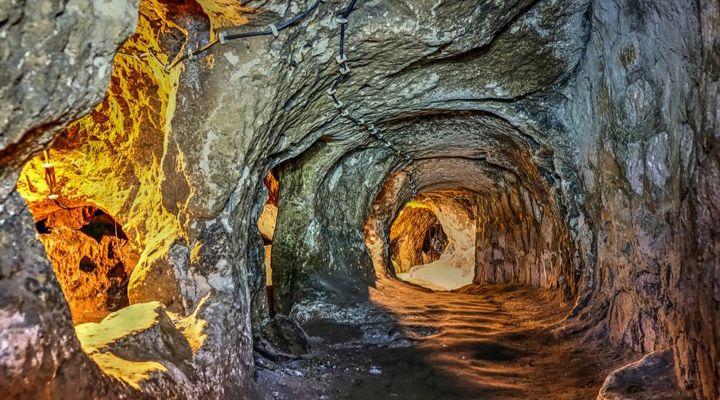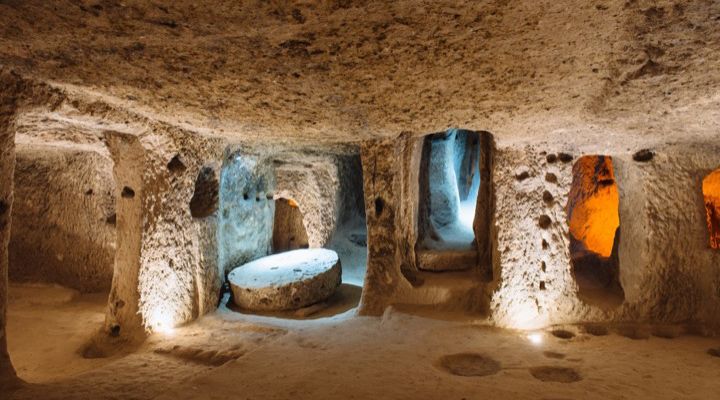We like to think we know everything about the world and how we got here. However, there are countless ancient sites and cities that prove there’s still so much to learn.
Read on to find out 40 facts about mysterious ancient cities from around the world that we still know so little about…
A Medieval Mine
About 450 feet below the streets of Krakow is the Wieliczka Salt Mine, a medieval salt mine that first began operating in the 13th century.
A Salt Metropolis
Workers spent so much time underground mining salt that they began carving elaborate sculptures and ornate chandeliers. Over the years, workers constructed a cathedral, stables, sleeping quarters, a restaurant, and even a health resort.
A Tourist Hot-Spot
Today, more than a million tourists visit the underground salt city, which had been an operating salt mine until 2007. The site is now registered on the UNESCO list.
An Underwater Monument
About 60 miles off the coast of Taiwan lies the Yonaguni Monument. The underwater rock formation was discovered in 1987, yet no one knows how the stone steps and altar got there. Some believe they are the remains of an ancient city, while others believe the rocks formed naturally.
A Pacific Stone City
In Micronesia, a country made up of more than 600 islands in the Western Pacific Ocean, there is a massive stone city called Nan Madol that was built by ancient Pohnpeians.
Impossible Construction
The stone city is linked by canals and spreads over a hundred tiny islands and scientists can’t figure out how ancient people possibly built the city without modern equipment.
A Legendary Story
Local legend claims Nan Madol was built by two wizards who traveled to the area in a canoe with the help of a giant dragon.
Another Egyptian Mystery
While there are still so many mysteries about ancient sites in Egypt, scientists have been captivated by Hawara, an archeological site of Ancient Egypt, because Pliny, Herodotus, and Diodorus all mention a maze called the Labyrinth of Egypt at the location.
A Massive Maze
According to Herodotus, the ancient labyrnth had been built 1,300 years before his writing. He also claimed the maze contained more than 3,000 rooms and several courtyards.
Halted Exploration
Unfortunately, there is no way of knowing if the myth of the Labyrinth of Egypt exists beneath Hawara. In 2008, archeologists began scanning the ground. However, when they started finding evidence of walls and rooms underground, the Egyptian government immediately stopped the teams.
The World’s First Temple
In 1963, the Gӧbekli Tepe was discovered in the Southeastern Anatolia Region of modern-day Turkey.
The First Excavation
The first serious excavation was held in 1996 and archeologists discovered the site, which they determined to be more than 6,000 years older than Stonehenge. Archeologists believe the site was a religious epicenter.
Missing tools
Many of the massive walls and pillars made of solid stone at the ancient religious worship site weigh as much as 50 tonnes. Yet archeologists have never found any stone-cutting tools around the site indicating how the temple could have been constructed.
A Strange Place For A House
In the beginning of the 19th century, explorers began finding evidence of houses buried underneath the sand of the vast Taklamakan desert.
A City Sunken In Sand
Trade routes passed through the desert located in northwest China that has a floor of sand 1,000 feet deep. In 1914, archeologists determined the mysterious sunken desert city was actually the city of Loulan, which was the capital of the Loulan Kingdom.
An Ancient Kingdom
The Loulan Kingdom had been written about in the Book of Han. According to the text, Loulan was abandoned by its people in the 5th century CE because of the arid climate and a series of sieges.
The Mummies
During the 1980s, archeologists returned to the site to try and find out more about the desert city. They found several mummies with reddish-blond hair and European features that had been preserved by the dry air.
An Ominous Name
Taklamakan is believed to come from a Persian phrase meaning “You can go into it, but you can’t come out.” However, some archeologists believe the desert got its name from another Turkish phrase meaning “Place of Ruins.”
Made For Refuge
Naours is a subterranean city in northern France. It was built to provide protection from enemy invasions and attacks.
In Case Of Emergency
The underground city had 200 miles of tunnels that connect 300 rooms where the medieval villagers hid during emergencies.
An Allied Soldier Haven
Naours was forgotten for hundreds of years. However, during WWI, Allied soldiers used the underground city to recover after the Battle of the Somme.
The Giantess’s Tower
Ggantija, or “the Giantess’s Tower,” is a massive stone temple complex in Malta. Incredibly, the megalithic temple was built before metal tools, wheels, or pulley systems had been used in the area.
The Legend
According to local legend, a giantess named Sasuna built the structure. Sasuna allegedly carried the massive stones by stacking them on top of her head.
A Realistic Explanation
Archeologists, however, have provided a more realistic explanation for Ggantija. While ancient Maltans didn’t have the wheel, the stones were likely moved on perfectly round pebbles found in the area that look like modern ball bearings.
A Neolithic City
Ҫatalhöyuk is an ancient Turkish city, which was first excavated in 1958, that was once home to 10,000 citizens. During excavations of the Neolithic site, archeologists discovered that homes were built in clusters with shared walls.
Never Touch The Ground
Archeologists also found evidence proving that people didn’t walk on the ground of the city. Instead, they walked across the city’s rooftops.
An Egyptian Myth
According to Herodotus, Heracleion was an ancient Egyptian port city that collapsed into the sea. It was believed to be a myth until 1933 when a British Air Force pilot saw the ruins near Abu Qir, a town on the Mediterranean coast of Egypt.
Finding Heracleion
In 1999, archeologists finally found the location and began exploring the ancient site for the first time. To date, less than five percent of the city has been explored.
A Mystery Pharaoh
During that initial visit, archeologists found coins, tools, and statues of the usual Egyptian gods. However, they also found statues of an unidentified and unrecognizable Egyptian pharaoh.
What’s In A Name
According to Herodotus, Heracleion got its name because it was the first Egyptian city that was visited by Hercules.
Visited By Historical Celebrities
In the story of the Trojan War, Paris and Helen stopped at the city on their way to Troy. They were turned away by the city guard as he feared Menelaus, Helen’s husband, would attack them for aiding the pair.
A Mesoamerican City
Near modern-day Mexico City lies the remains of Teotihuacan, a city that was built more than a millennium before the Aztec period.
Modern Living
Teotihuacan was one of the largest cities in the world with a population of over 125,000 people. To house that many people, citizens lived in multi-story dwellings similar to apartment buildings.
Advanced Architecture
The 32-square-mile city was particularly advanced with mathematically precise architecture. In the center of the city lies the Pyramid of the Sun, the third largest pyramid in the world.
A Reflection Of The Stars
The Pyramid of the Sun lines up with the Temple of the Moon and the Temple of Quetzalcoatl. Together, the buildings line up exactly with Orion’s Belt.
Name Origins
While no one knows what the inhabitants of the ancient city called it, the Aztecs called the city ‘Teotihuacan,” which means “the Birthplace of the Gods.” The Aztecs also based their creation myths on the city.
A Mysterious Collapse
There is no evidence proving why Teotihuacan fell. However, juvenile skeletons showing signs of severe malnutrition have led archeologists to believe that Teotihuacan suffered a severe famine. There also may have been a revolution against the city’s wealthy population.
Subterranean Living
Phrygians built Derinkuyu, an ancient multi-level city built underground in the Derinkuyu district in Nevşehir Province, Turkey. The subterranean city was home to shops, houses, stables, and even wineries.
The Population
Derinkuyu extends about 200 feet below the subterranean surface and was large enough for about 20,000 people to live with their livestock.
A Safe Zone
Derinkuyu was later expanded by Cappadocian Greeks, who used the city as protection from Mongol and Arab invasions. It was used in times of emergencies up until the 1920s.
